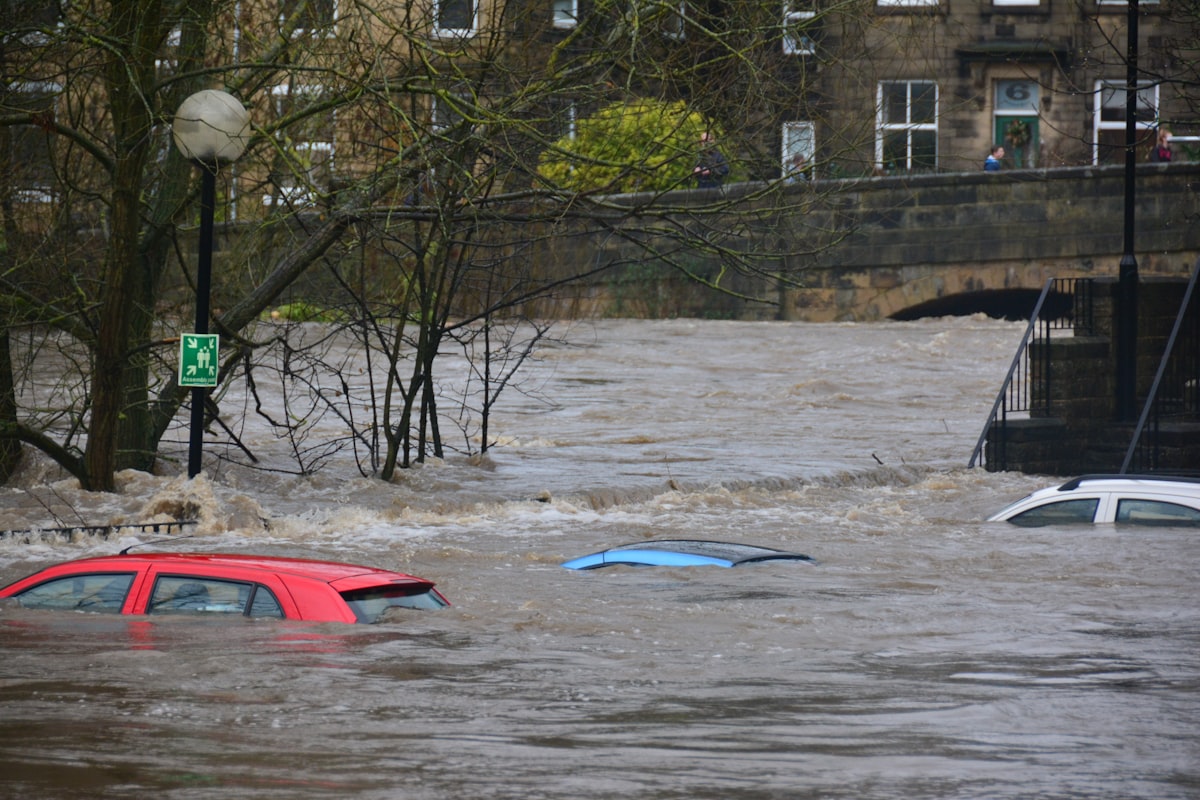Why disasters are not natural but rather a social construct?
Disasters are socially constructed and their degree of impact depends on the vulnerability of communities. Various events cause serious damage due to inadequate urbanization, lack of planning, inequality, and poverty.

Disasters are socially constructed events whose serious human devastation does not depend on nature but on inadequate urbanization, lack of planning, unsafe conditions, unhealthy conditions, inequality and poverty, said Irasema Alcántara Ayala, a researcher at UNAM's Institute of Geography (IGg). Threats such as earthquakes, tsunamis and volcanic eruptions, which have a natural origin, become devastations because there are vulnerable societies exposed to them. Floods, droughts and landslides are socio-natural, as incorrect human activity is related to their occurrence.
Alcántara Ayala offered the distance lecture "Disasters: towards understanding and awareness of risk and its urgent reduction", within the cycle "After 2030: Women Leaders for a sustainable future", organized by the University Coordination for Sustainability (COUS) of UNAM. In recent decades we have witnessed the consequences of adversity in advanced economies, such as Japan and the United States, as well as in countries with greater inequality and poverty, such as Haiti, she added.
The United Nations Office for Disaster Risk Reduction announced that the number and impact of disasters that occurred in the first two decades of this century doubled those that occurred during the last two decades of the last century. From 2000 to 2019, more than seven thousand events were recorded, in contrast to more than four thousand in the previous decade. Likewise, the number of fatalities increased in both periods from 1.19 to 1.23 million. In the last decade, more than four billion people were affected, while economic losses were estimated at around three trillion US dollars.
In the same span, the largest number of catastrophes occurred in Asia and the Americas, while those associated with floods were of most consequence and concern worldwide. China, the United States and India were the countries with the most disasters, with 577, 470 and 321 events, respectively. Mexico ranked number eight with 130.
Alcántara Ayala commented that understanding the risk of these events requires an integral vision to identify and recognize the complex interactions of social and environmental systems in a context of global change. Integral management is a complex social process that involves the three levels of government (federal, state and municipal), as well as the sectors of society, and is aimed at identifying and applying policies and strategies to reduce new and existing contingencies.




